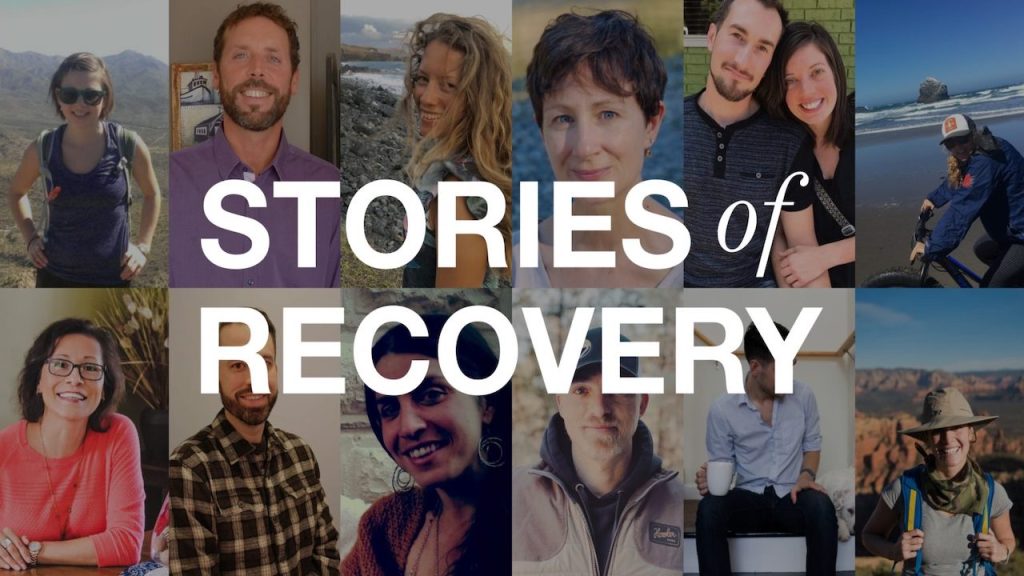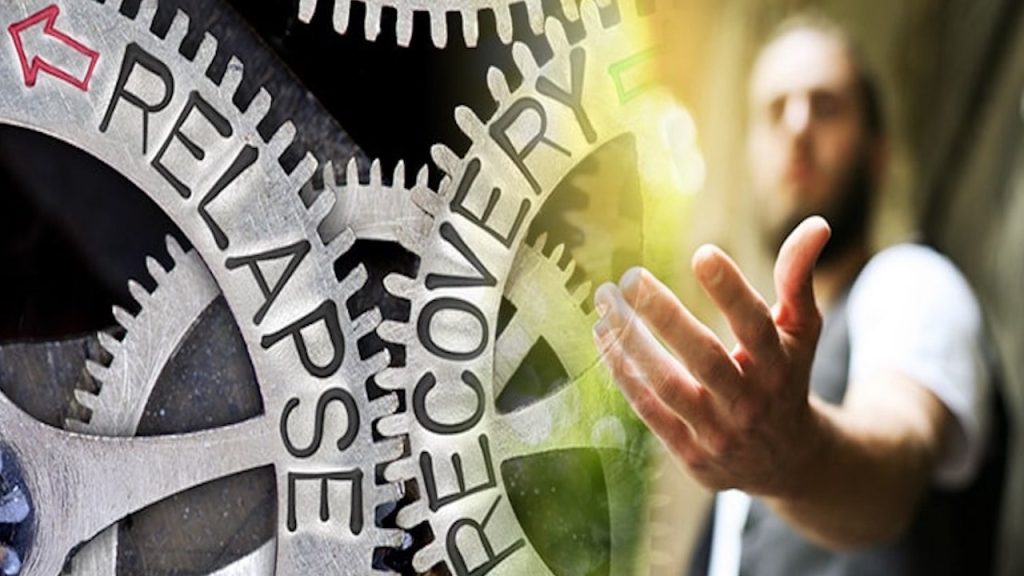How A Daybed & Footlocker Can Change the Game

*This post originally appeared on our Member Site blog, where experts respond to members’ questions and concerns. To take advantage of our current special offer and get full access to the Allies in Recovery eLearning program for families, click here.
Create the ideal home environment for your adult child, home from rehab: How a Daybed & Footlocker can bring you peace and clarity.
Many parents find themselves in that sticky, gray area of whether or not to allow their addicted—or recovering—loved one to stay at home.
Do you open that door or not? What is the deciding factor? If things don’t go as planned, how will you manage to get them to leave?
Our relationships with our addicted loved ones have often become riddled with mistrust, untruths, betrayals, suspicion. The love is still there but we don’t know what to think, or who to believe. It feels very hard to know how much trust we can reasonably have when they show signs of wanting to change or being ready to step up to the plate.
Your roof, the comfort and protection of your home and your presence are all considered “rewards” in the CRAFT approach.
As such, you can try putting aside your attempts to measure trust and faith and believing-them-or-not, for now, and boil things down even more: are they using right now?
If yes, step away. Let them know firmly but lovingly that they’re welcome to come back to stay when they’re not using. Withdraw your presence/company/attention and explain you look forward to seeing them when they’re not using.
If they are not using right now, CRAFT tells you to reward (see Learning Module 5 for clarifications). If lodging is in the mix, the daybed/footlocker solution is worth your consideration.
5 things to consider when setting up a daybed & footlocker for your loved one.
- For now, until things stabilize significantly, access to their cozy old bedroom is too much comfort and luxury to be offering. It’s also an easy place for them to hide away. And it’s more complicated to take this reward away.
- For the time being, that bedroom could become a great support for your own efforts at self-care, by turning it into a meditation center, a place to stretch, an art or music room for yourself.
- Set up a daybed in a common space in the house (living room, den), along with a foot locker for your loved one’s things. That’s the “housing” you can offer. The day bed is temporary—figuratively and literally—more easily given and taken away than the bedroom.
- Make your expectations clear: Ask them to respect your home by not coming home if they’ve been using. They are welcome back when they’ve sobered up. Your home is a reward that your loved one gets access to when he/she is not using.
- A good addition to this “ideal home environment” is asking them to join you on Sundays for dinner and doing a brief 10-minute check-in about recovery and your relationship. The rest of the evening is kept light and off the hard topics.
Where are you willing to pitch in?
You’ll find it also helps to take some time to work out for yourself where/how you’re willing to help out: short-term rent money? cell phone? help with transport? and always treatment. Think through all the barriers that might stand in the way of your loved one getting through that door of treatment (child care, pet care, rent payments while away from work, transport, and so on) and think through how you can help with potential ways around these barriers.
Finally, and this is hard but absolutely essential: Leave the rest of their life to them to sort out.
image © elsavalle.com










